This must -see exhibition at the Australian War Memorial presents the story of Australia in the First World War chronologically, covering all major theatres of operations: Gallipoli; the Western Front; Sinai and Palestine; and the war at sea. The events taking place on the home front and the immediate and enduring legacy of the war are also included.
The Memorial holds one of the world’s great collections of material related to the First World War. The First World War Galleries integrate a wide variety of items from this collection, including dioramas and other works of art; uniforms; medals; technology such as artillery and firearms; photographs; film; and personal items such as letters and diaries.
Since the opening of the Memorial in 1941 the First World War Galleries have undergone several major alterations and many smaller updates. The new state-of-the-art galleries now occupy the entire west wing of the Memorial’s ground level.
The story of the First World War has been returned to a chronological presentation commencing in 1914 and concluding with the immediate and enduring legacies of the conflict.




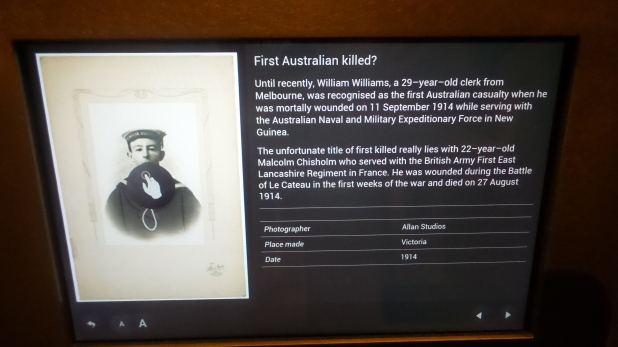

The Dioramas: Counted among the greatest treasures of the Memorial, the First World War dioramas were constructed in the 1920s. The idea for the dioramas came from discussions during the First World War between Charles Bean, one of the Memorial’s founders, and a group of war artists and others. Bean wanted the dioramas to be more than simply battlefield models. He saw them as works of art, a way of helping people in Australia to understand the devastation and danger of battle, and the sacrifice and sufferings of the people to whom the Memorial is dedicated.
The iconic dioramas offer the viewer a frozen moment in time, placing the battle in a geographic setting and against a human scale. They remain as an integral part of the new galleries. Some of the Memorial’s original dioramas no longer exist, having been damaged or removed during earlier building renovations when they were considered to be merely exhibition displays rather than works of art. Today, 13 First World War dioramas are held in the National Collection. Ten of these dioramas are displayed in the new exhibition, including two desert campaign dioramas – Semakh and Desert Patrol – which have not been publically displayed since the 1980s.
To discover fascinating insights into the conservation of these dioramas click here.
On a personal note, I have taken many school groups through the AWM and no matter the interest level, the dioramas always had a great impact upon the students.
The Galleries

The Story of ANZAC Cove
There is nothing for it but to dig yourselves right in and stick it out. Make a personal appeal to your men to make a supreme effort to hold their ground.
Sir Ian Hamilton
General Officer Commanding the Mediterranean Expeditionary Force
26 April 1915
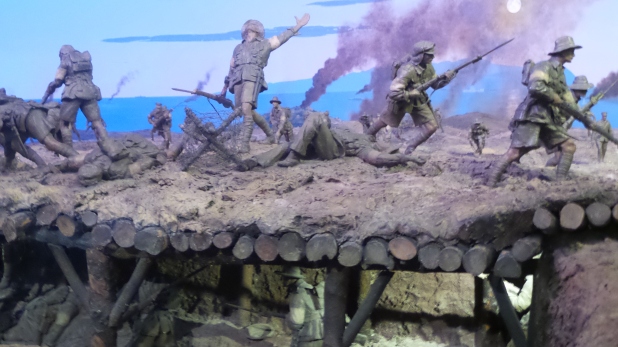



The Sinai and Palestine Gallery


The Transportation of Supplies 1914–18, Palestine series comprises nine dioramas depicting the transportation of supplies in the desert campaign of Palestine in 1916. Work began on the series in 1926. It was first displayed at the Memorial in the Palestine gallery, where it remains. The next two dioramas are fro the Transportation series.


The diorama depicts a handful of light horsemen preparing a meal in the shadow of a battle-scarred mosque. Their mounts are tethered under a clump of palms in the background.
The Western Front

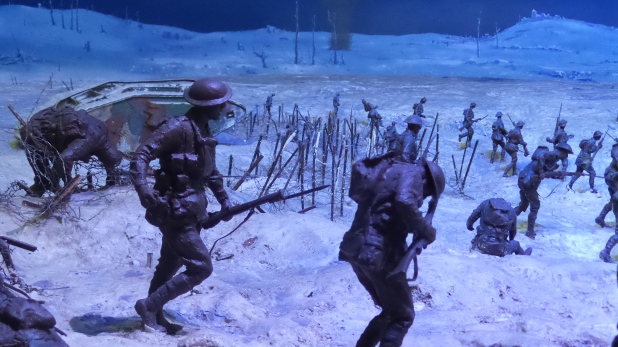








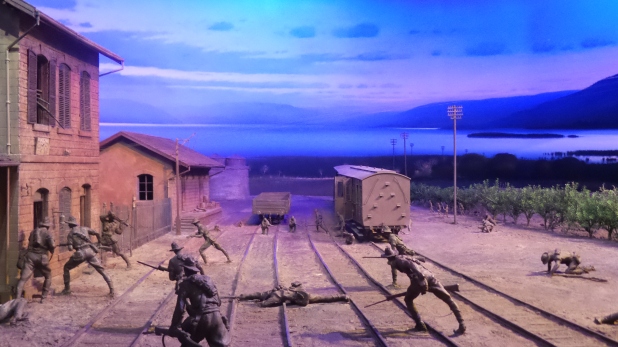
Legacies of War
We came back to a changed world. The world was now going through the upheaval from war to peace, from insanity to sanity – a greater upheaval than from peace to war.
Captain Garnet Adcock
2nd Tunnelling Company


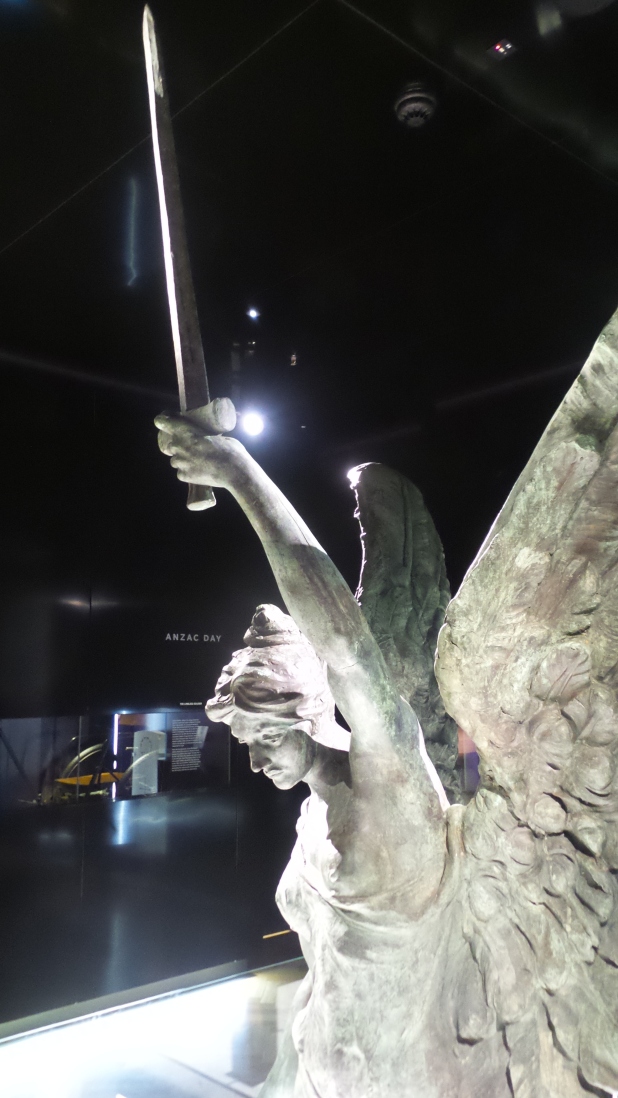
Leave a Reply